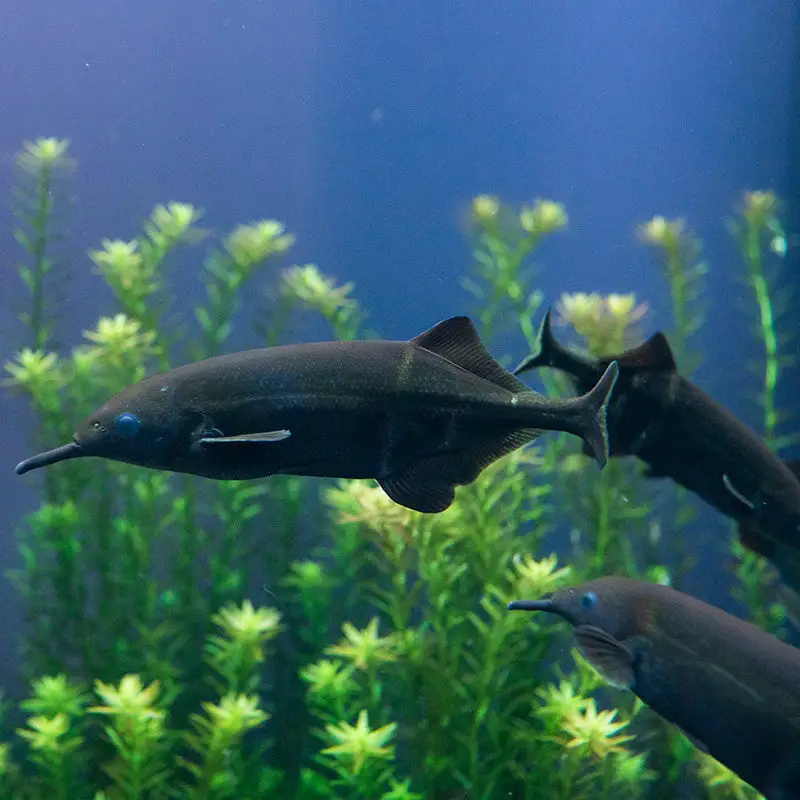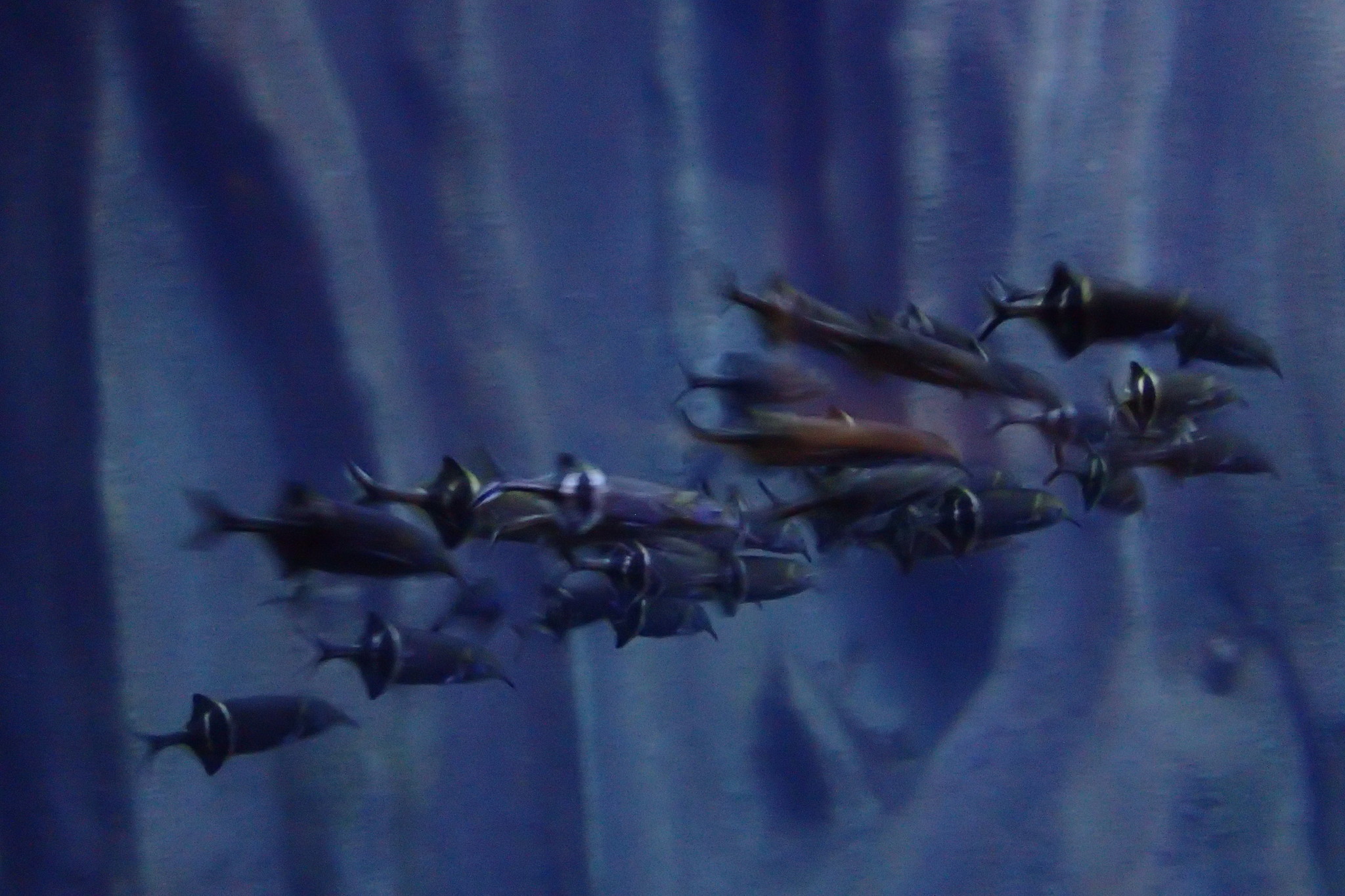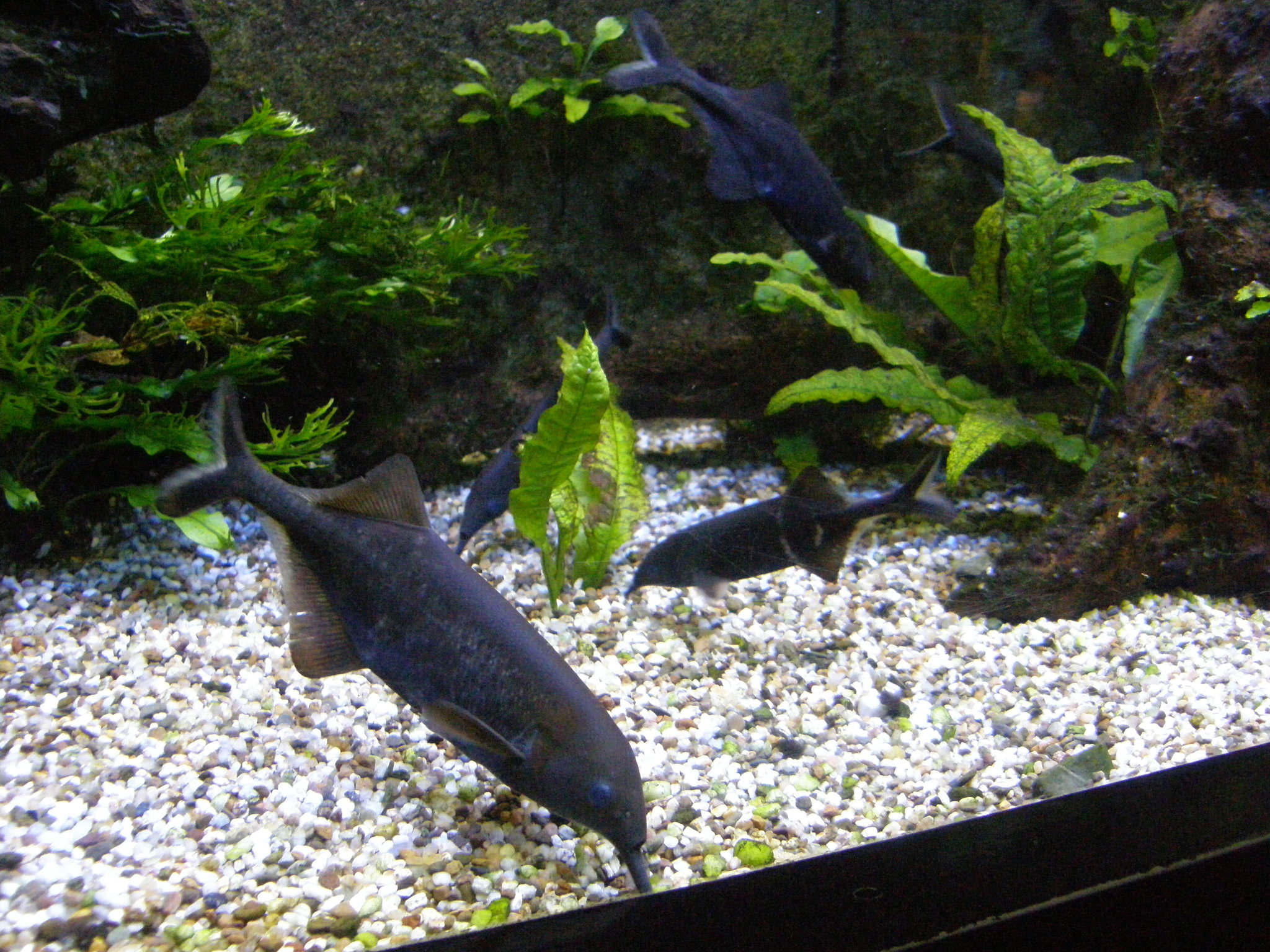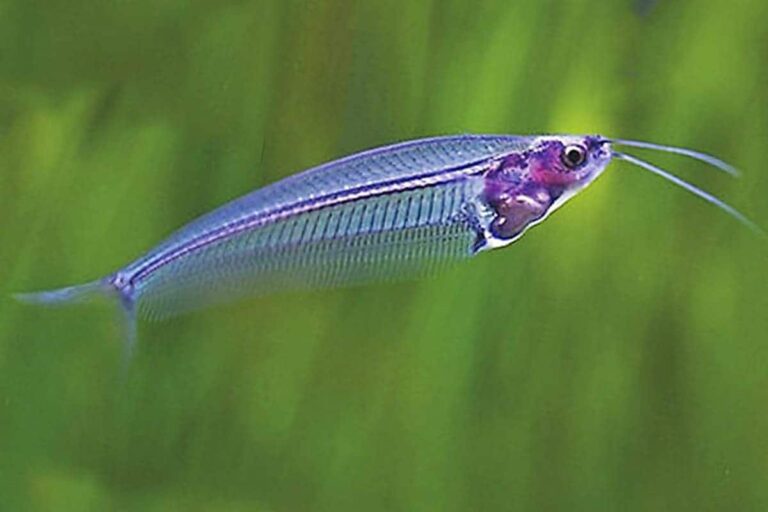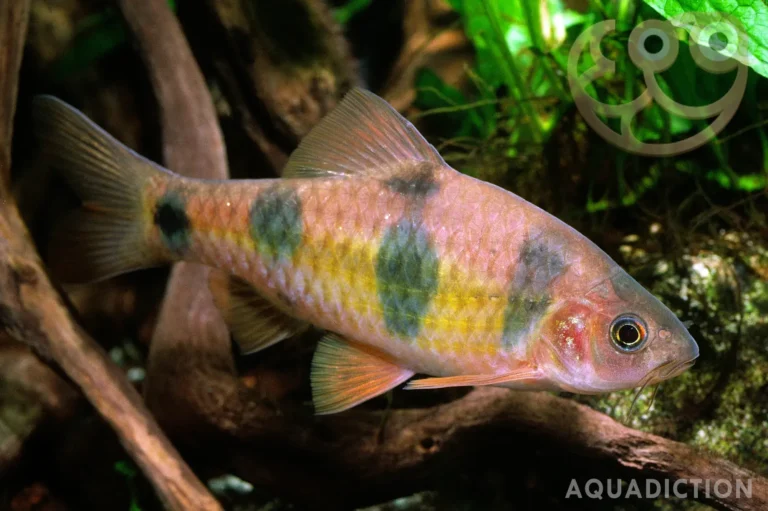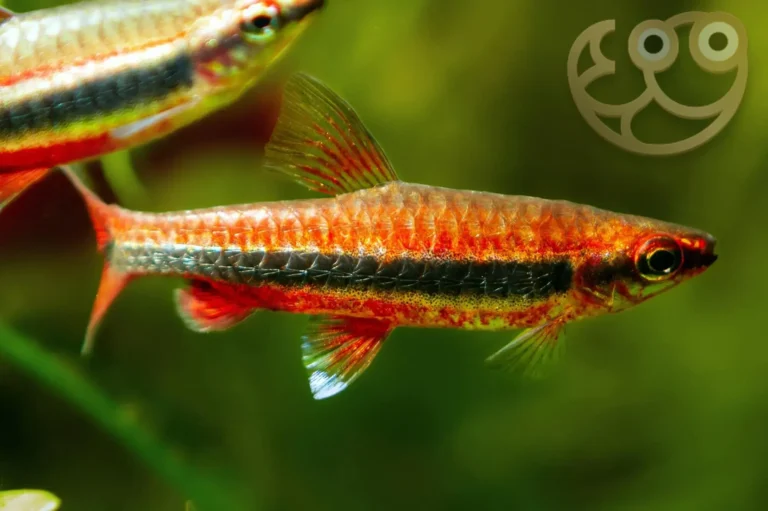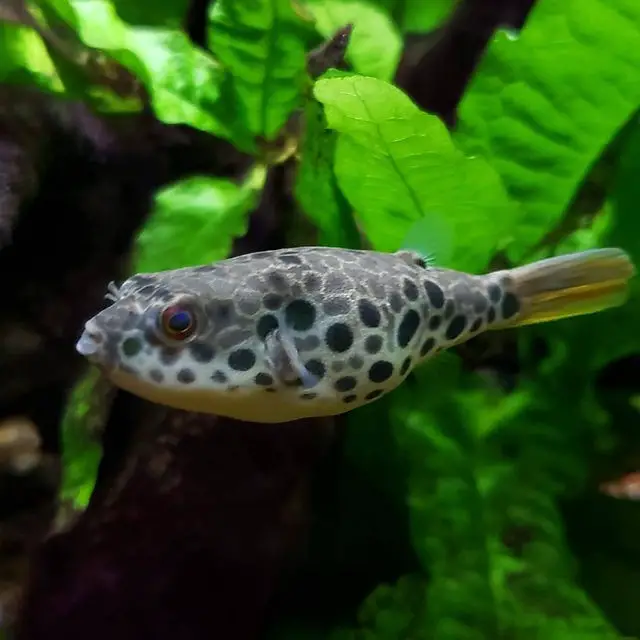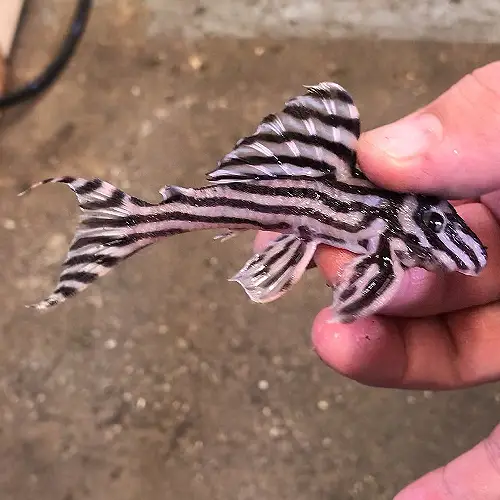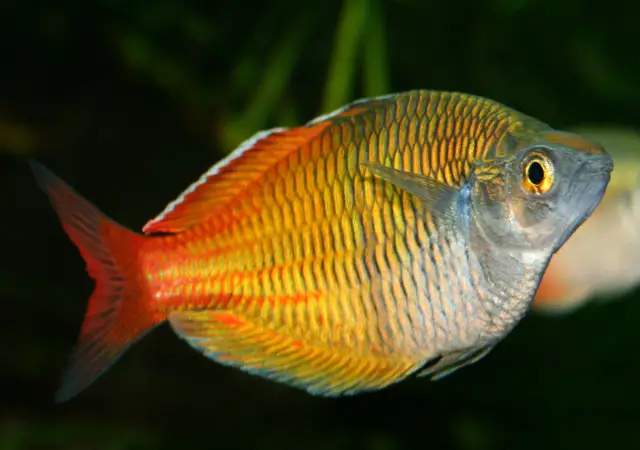Unveiling the Elephantnose Fish: A Sensory Marvel of Freshwater Aquariums
To the eclectic community of aquarium enthusiasts, the underwater world’s diversity knows no bounds. Among the plethora of freshwater species, the Elephantnose Fish emerges as a peculiar but captivating denizen. This blog post sets out to unveil the enigma that is the Elephantnose Fish, shedding light on its unique sensory abilities and what makes it a standout choice for your aquatic collection.
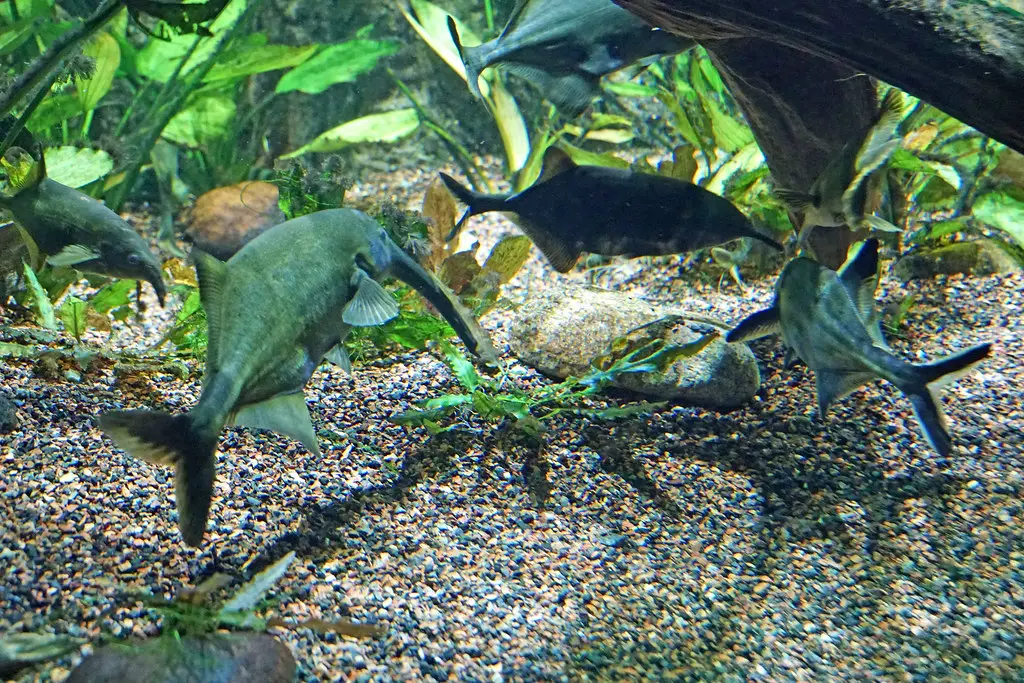
The Elephantnose Fish: Characteristics and Habitat
An Unconventional Beauty
The name ‘Elephantnose Fish’ is not one bestowed by accident. This freshwater oddity sports a prominent snout, elongated like an elephant’s trunk, which is the focal point of its remarkable sensory powers. Its scientific name, Gnathonemus petersii, speaks to its esteemed place in the ichthyological world. In terms of beauty, it may not flaunt the ornate splendors of the betta or the shimmering scales of the neon tetra, but its unique look commands attention.
Home in the Riverbeds
Originating from the rivers of West and Central Africa, the Elephantnose Fish, affectionately referred to as ‘Mormyrids’ by aficionados, is a creature of specific habit. Shrouded in a nocturnal lifestyle, it navigates the dark waters of its natural habitat, utilizing its distinctive organ to detect prey and obstacles with uncanny precision.
Sensory Marvel: Electrolocation
Exploring the Sixth Sense
Arguably the most fascinating aspect of the Elephantnose Fish is its ability to rely on electricity to perceive its environment. This biologic marvel, known as ‘active electrolocation’, involves the generation of weak electrical pulses from an electric organ that covers the fish’s body. The organ emits an electric field around the fish, and when this field interacts with objects or other organisms, it produces a secondary electric field that the Elephantnose Fish can sense.
Navigating Dark Waters
In the obscurity of the riverbeds, where visual acuity is rendered futile, this sensory prowess is a game-changer. The Elephantnose Fish forages for food, shrimp, and small invertebrates, discerning their presence and location through the electrical signals they emit. Even in an aquarium setting, where the environment is comparatively benign, this remarkable fish continues to rely on electroreception, showcasing its profound adaptation to its native ecosystem.
Care Tips for Aquarium Enthusiasts
Crafting the Perfect Domain
An accomplished aquarist understands that replicating a species’ native habitat is pivotal to their welfare. For the Elephantnose Fish, this means recreating the dimly lit, slow-flowing waters of its African river home. A tank with a minimum capacity of 50 gallons provides the space the fish needs to swim and explore. Subdued lighting and ample hiding spots, such as driftwood and live plants, offer sanctuary in a secluded landscape.
Harmonizing with the Element
The water within the aquarium should mirror the Elephantnose Fish’s natural environment; soft, slightly acidic, and consistently warm at around 75 to 82°F. Ensure that the tank is properly cycled to maintain these conditions and resist sudden fluctuations in water quality. Filtration is paramount to keep the environment pristine and to mimic the slow-moving waters the fish is accustomed to.
Cuisine Fit for a Peculiar Palate
In the wild, the Elephantnose Fish sustains itself on a diet of small invertebrates. In captivity, it happily accepts a varied diet of live, frozen, or freeze-dried foods. It’s recommended to feed them at dawn or dusk to align with their nocturnal feeding habits. Bloodworms, brine shrimp, and daphnia are relished delights that cater to their nutritional needs and satiate their inquisitive taste buds.
Endearing Behavior and Interactions
The Social Stranger
Despite its unique appearance and behavior, the Elephantnose Fish can be a gregarious tank mate, albeit one that is shy and prone to hiding. It often pairs well with other non-aggressive community fish, like tetras or corydoras catfish. Their calm disposition and interesting quirks make them a pleasant addition to the communal tank.
Subtle Intelligence
Observing the Elephantnose Fish in your aquarium is akin to studying the nuances of an intelligent creature. They are capable of recognizing their owners, and although they are not interactive in the same way a mammalian pet might be, their behavior is a source of continuous fascination. From observing their electroreceptive foraging to the fascinating displays they put on during social interactions, this fish never ceases to intrigue.
Conclusion
The Elephantnose Fish is a sensory marvel that can enrich the experience of any aquarist willing to venture beyond the standard fare of aquarium inhabitants. Its unique qualities not only add allure to your tank but also serve as a testament to the infinite diversity of life that thrives in our planet’s watery depths. To the curious enthusiast, I encourage you to consider the Elephantnose Fish for your next aquatic undertaking. It promises a rewarding viewing experience and the satisfaction of caring for a truly extraordinary species.
